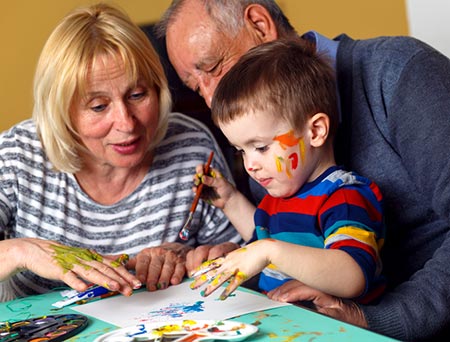Stay in Touch With Birth Grandparents

This agreement typically only covers communication between birth parents and the adoptive family. Some parents may wonder if this is enough.
Most studies show that adoptive parents and their children both desire more contact with the biological family as time goes by. The couple may consider adding more birth relatives to the contact agreement if they think their child might benefit.
The adoptive parents should discuss this matter with the birth mom. She may have sound reasons to not want birth grandparents or other relatives to have contact with the child. Conversely, she may think it is a great idea to add birth grandparents to the contact agreement. Those grandparents may also be happy and relieved to be considered a part of the child’s future.


When the biological grandparents are included with the contact agreement, children have fewer questions about where they came from. The grandparents can give answers that even the birth mom may not know. They can share stories from their own childhood experiences. They can offer ancestry charts. Most of all, they can give love, which is something all children need.
Children should be raised to know the difference between their adoptive grandparents and their biological ones. Adoptive grandparents are legally part of their family. They usually attend birthday celebrations and holidays. They have closer contact with all members of the family. They may even help out with childcare on a daily basis. Conversely, biological grandparents can be considered as distant family or even as family friends. Children should not expect to see these grandparents as frequently as others. As long as they know this in advance, they should not feel confused about the differences in these relationships.
